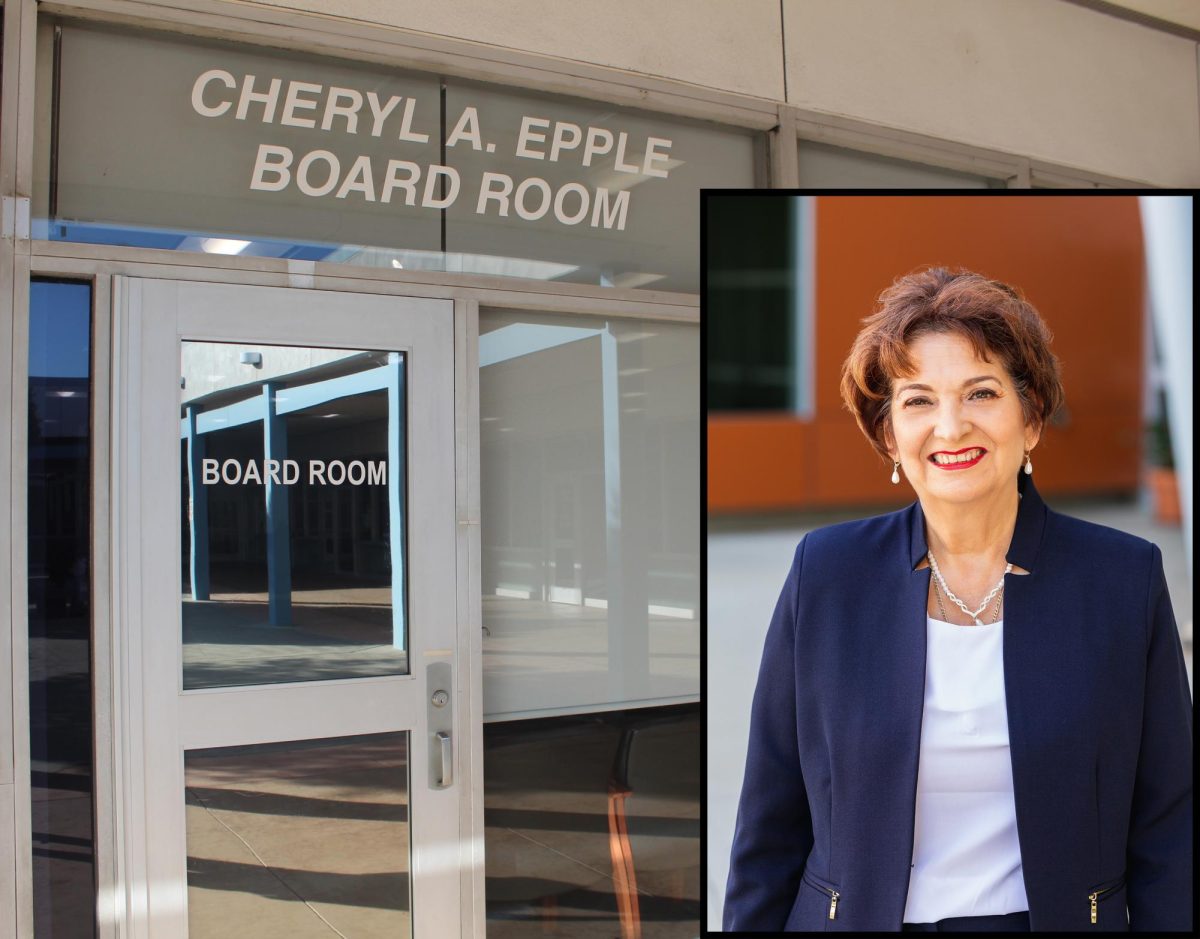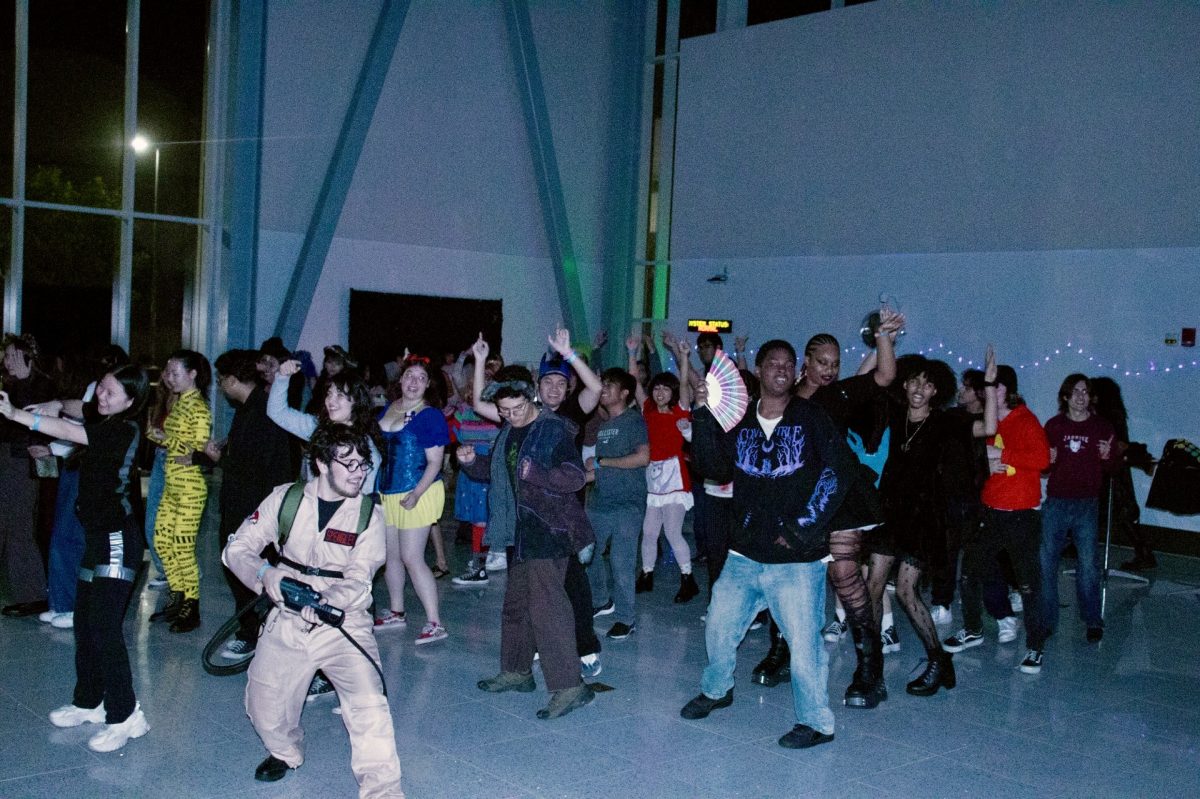The bustling of cars and students going in and away from Cerritos College wont be the only things inhabiting the Alondra and Studebaker intersection as of this summer.
Emergency blue lights will start appearing on the intersection and across campus at about the same time most students start attending summer classes.
Blue lights are emergency alarm stations strategically located around campus for anyone in need of help in times of distress.
College President Jose Fierro has had the implementation of these devices in mind since the beginning of his presidency.
“This started about a year ago, I was watching one of the board meetings during the preparation for my interviews, and I noticed the security concerns. The blue lights and cameras were discussed, so I remember during the forums […] a student asked me about security and so on, so it has been on my radar.
“I have asked to expedite blue lights, so I want to increase the presence of blue lights in the college, making sure that they are in the densely populated areas of campus to make sure our students, staff and faculty, administration- all have access and be able to call in case of an emergency.”
According to Vice President of Student Services Stephen Johnson, the blue lights will be highly visible and locations have been figured out relative to two considerations:
- Where they will have the most access
- Most quickly connect the phone units to the school’s system. Information technology infrastructure.
Furthermore Fierro added, ” We’re going to install six or so initially and were going to make sure they are around campus in different locations. We’re working with the police department to identify the best locations for that. I want to make sure we increase preventive measures of different levels of security.
Johnson noted that most of the exterior units will have cameras with an overview and a camera for the face to allow campus police to see what is happening around the individual who places a call.
“They will include a blue light at the top, […] that has become a universal identifier, they will have a push button and a speaker, and part of the reason for that is it maximizes accessibility for folks to be able to use.
“The unit will have braille in the units themselves, […] the button will be pushed at the time of emergency, the call will go immediately to campus police dispatch. That call to dispatch will go as a 911 call, which will immediately take priority and as with any 911 call, if there anything that necessitates the Los Angeles County 911, we have a direct path to them so that we can connect a call as fast as possible,” he concluded.
Fierro added that in addition to the blue lights additional security cameras that cannot be seen will be installed to increase coverage









